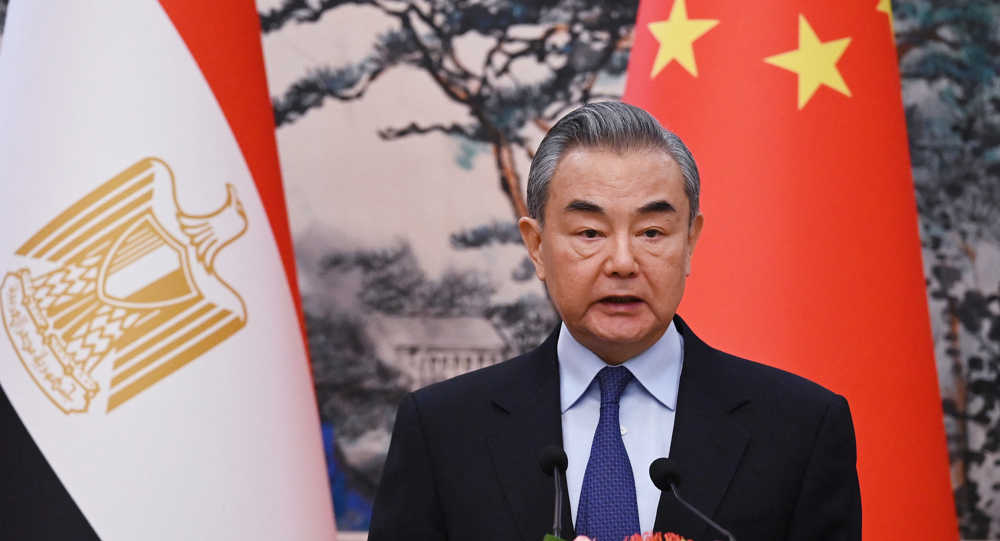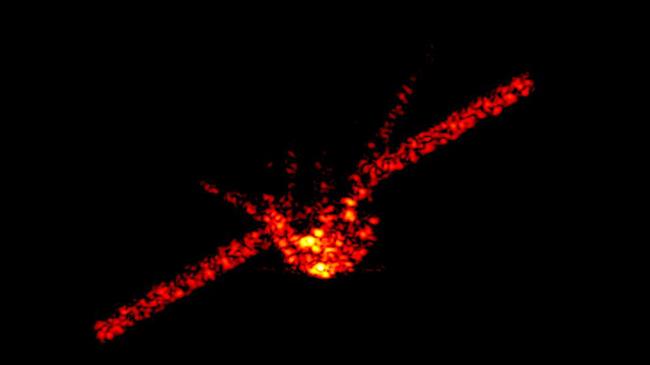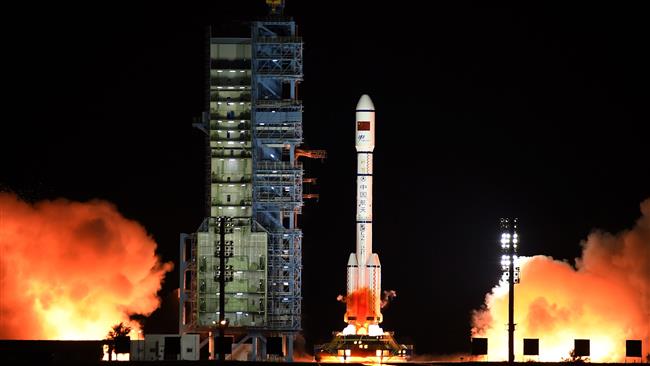China launches probe to explore dark side of moon
China's Chang'e-4 lunar probe was launched in the early hours of Saturday commencing its historic journey to the far side of the moon, with the probe aiming to conduct a series of landmark experiments on the largely unexplored "dark side" of the moon.
A Long March-3B rocket carrying the probe including a lander and a rover blasted off from the Xichang Satellite Launch Center in southwest China's Sichuan Province at 02:23 on Saturday, marking a major breakthrough for China's space exploration program.
The probe is expected to make the first-ever soft landing on the far side of the moon within 30 days, and will undertake a variety of tasks including conducting surveys on the terrain and landforms.
With the probe being the first ever landing to the mysterious dark side of the moon, scientists say the launch process may encounter some communication difficulties but will gather crucial information for future scientific research.
"If it lands on the far side of the moon, there might be a delay on the measurement and control [systems] after it connects to the relay satellite. We are not sure whether the delay will cause troubles to the landing and image transmission. This [mission] will help us accumulate more experience for future lunar exploration," said Li Benqi, deputy director of the Xichang Satellite Launch Center.
One of the main tasks the probe will conduct is its investigation into the radio environment of the far side of the moon, the first time that low-frequency radio astronomical observations have been tested.

"Especially by making using of the clean electromagnetic environment on the far side of the moon, the probe will achieve observation of low-frequency radio ranging from 0.1 to 0.4 megahertz for the first time," said Yu Guobin, a spokesman for the Chang'e-4 lunar exploration project.
In addition to its panoramic camera, lunar penetrating radar and topographic camera, the probe is also equipped with a low-frequency radio spectrometer to help it better detect the low-frequency signals.
"The (far side of the) moon can well shield the earth's own low-frequency radiation and create a better environment with low frequency and noise. This could help the probe detect the low-frequency signals from the sun more effectively," said Sun Zezhou, the lunar probe's chief designer.
In addition, China has promoted international cooperation in its lunar exploration program, with four scientific payloads in the Chang'e-4 mission developed by scientists from the Netherlands, Germany, Sweden and Saudi Arabia.
"The instrument that we have on this rover that will measure the interaction of the solar wind with the lunar far surface. And it's very important to extend humanity's knowledge of the solar system. Right now, China is the only country that has an active lunar program," said Johan Kohler, head of the Solar System Science under Swedish National Space Agency.
(Source: Reuters)
Iran: Syrian people will decide their future without foreign interference
IRGC says Iran’s power exceeds borders, warns enemies to adjust themselves
Dozens detained, several wounded in Israeli raids in West Bank
‘Ethnic cleansing’: Hamas blasts Israeli attacks on Gaza hospital amid intl. silence
Saudi delegation meets HTS leader at presidential palace in Damascus
Relentless Israeli ceasefire violations justify need for self-defense: Lebanese MP
Tel Aviv tells Damascus Israeli forces will remain in occupied territory: Report
Dec. 22: ‘Axis of Resistance’ operations against Israeli occupation













 This makes it easy to access the Press TV website
This makes it easy to access the Press TV website